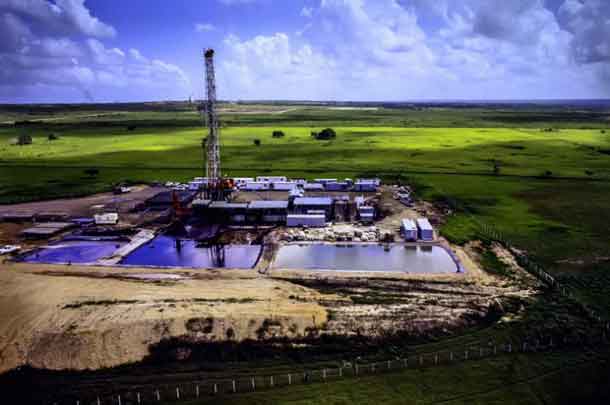There are two scheduled hearings that relate to accessing the nation’s rich natural gas and oil resources and investing the revenue back into communities and natural backs. These hearings are for the Senate Committee on Energy and Natural Resources. Royalties from federal oil and natural gas production currently fund conversation programs in all 50 states. Decisions at these hearings can decide how well these protection programs and services will be in the future.
The first hearing is to take a look at potential solutions and deferred maintenance needs on federal lands. In this discussion is a bill, called the “Restore Our Parks Act,” that could help. This measure would create a fund that draws 50% of energy leasing revenue, including oil, coal, and natural gas, both onshore and offshore, and would utilize the revenue to address the maintenance backlog that affects the National Parks.
Expanded access for oil production and natural gas through increased production and lease sales also has important benefits, such as upgraded school buildings, better-funded land, and newly paved roads. With the proposed bill, this would also include funds to maintain the nation’s beautiful National Parks. Last year, New Mexico got $970 million during a lease sale. In addition to getting a percentage of the lease sale revenue, the state where the lease is will receive half of all revenues from the oil and natural gas production royalties paid on that lease. It’s important to note that the agency in charge of sales, the BLM (U.S. Bureau of Land Management) will only offer lease sales in areas that already have an environmental review and a public comment period before the leases are made.
The second hearing reviews the implementation of the Land and Water Conservation Fund. Oil production and offshore natural gas is the primary source of revenue for this fund. This fund helps protect and conserve public lands and helps improve outdoor recreation opportunities. The permanent reauthorization of the fund was signed into law in March 2019 after passing the Senate and House with overwhelming majorities. The energy revenue disbursements are usually the second highest revenue generator after taxes, and this revenue funds important conservation programs across the states. Federal offshore revenues that will fund the grants are just a portion of the economic benefits to U.S. consumers.
Many experts and environmentalists view natural gas a natural bridge fuel between the renewable fuels of tomorrow and the dominant fossil fuels of today. It is becoming increasingly popular because it burns cleaner than coal and oil and produces fewer greenhouse gases.
The petroleum industry has also had a long history of public-private partnerships that are intended to find cooperative solutions to education, environmental, and community issues. Environmental protection is an important industry value and the commitment should be boosted by industry investments to power outdoor recreation and conservation. The development of oil and natural gas allows the U.S. to lead the way and invest resources back into the environment and communities.








